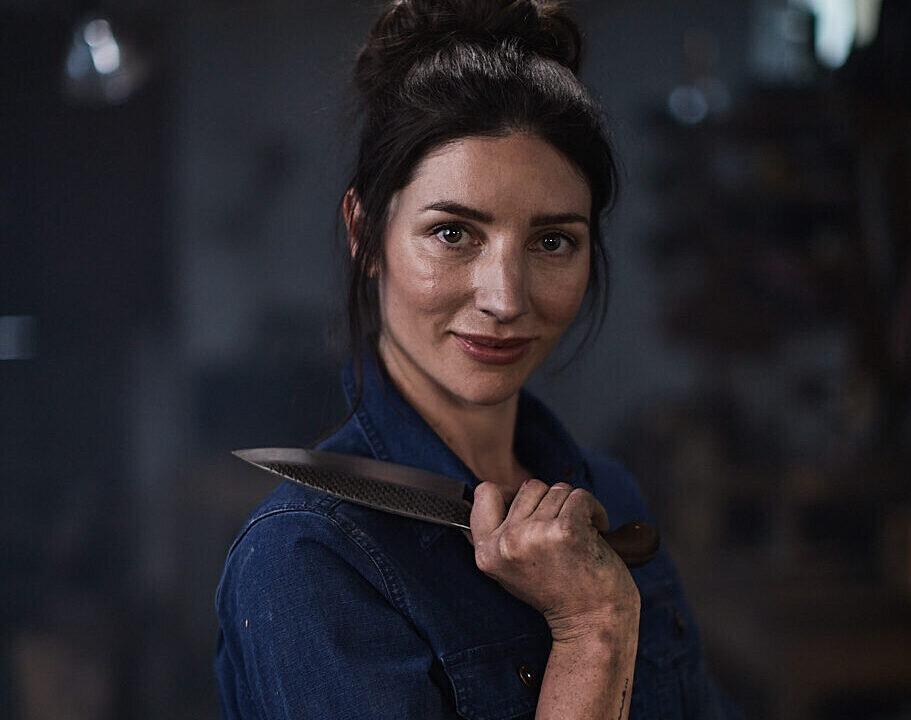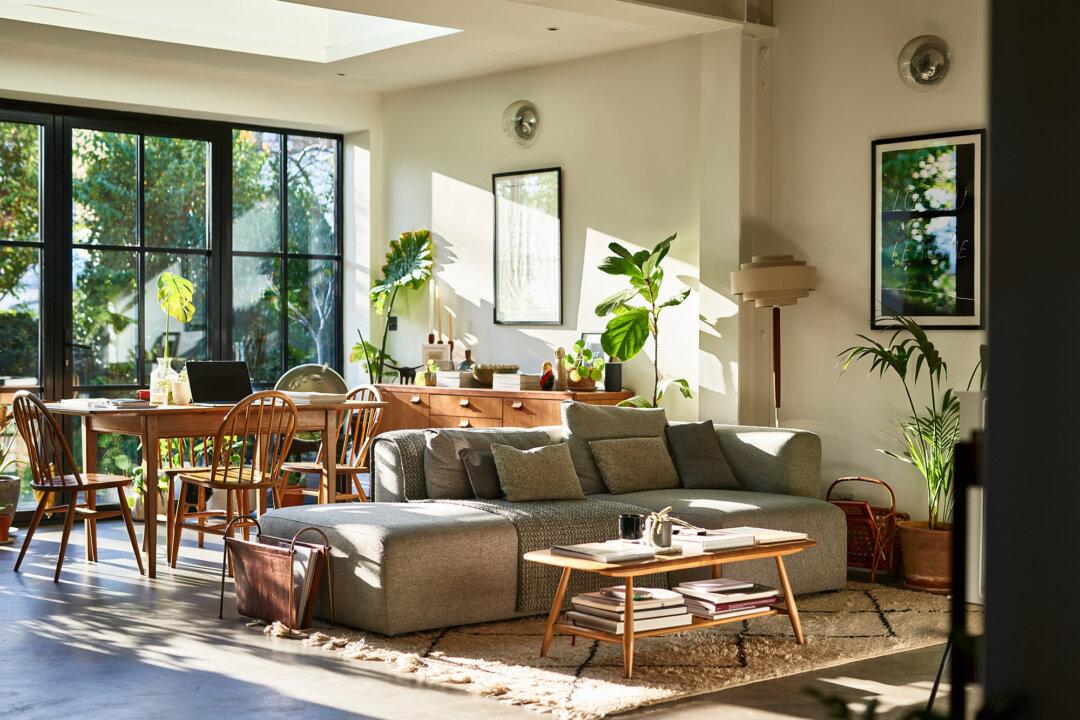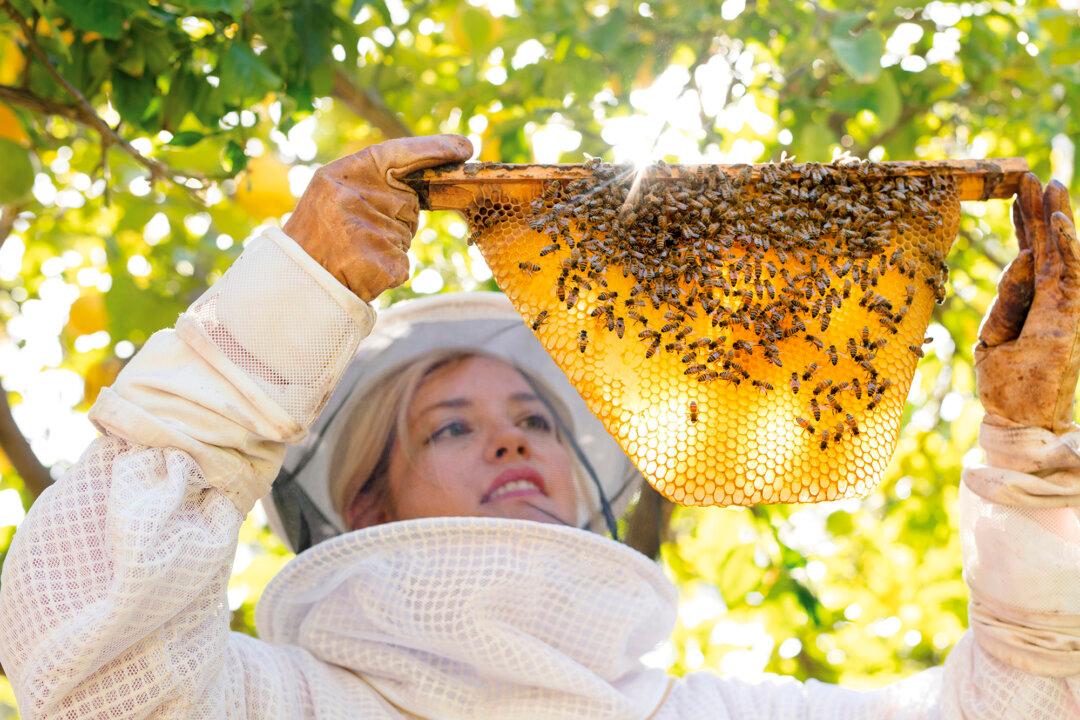In deep rural Vermont, there’s a handbuilt post-and-beam house made of boards chiseled by hand from logs hauled out of the woods by a man and a horse. Attached to the house is a carpenter’s workshop and a blacksmith’s shop.
It was in these workshops that, as a child, Chelsea Miller watched her father do his carpentry and blacksmithing. She held his tools for him, and he taught her to make simple wooden spoons and metal hooks. He shod the horses there, and she breathed in the smell of them and watched him use the farrier’s rasps to file their hooves.





